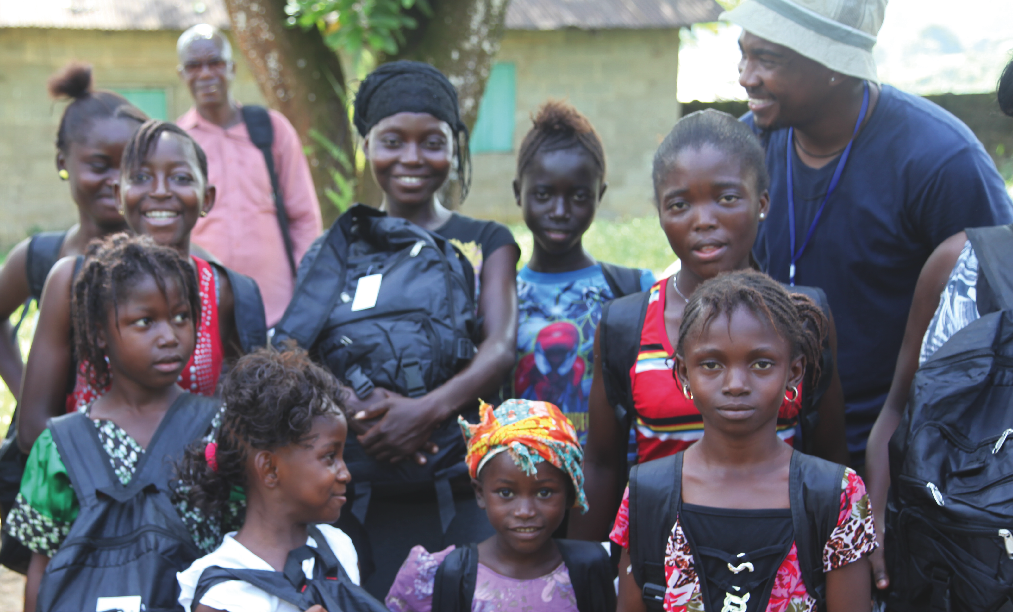An Update on Safe Schools: Ebola Emergency

In November 2014, business leaders came together to make a plea for education in those countries affected by the Ebola crisis. Our report, ‘Ebola Emergency: Restoring Education, Creating Safe Schools and Preventing a Long-term Crisis’ and accompanying call to action highlighted how the Ebola crisis is ‘a crisis of poverty precipitated by lack of education and access to health information and services’ and called for urgent measures to be taken for the more than 5 million children kept out of the classroom. The report called for safe schools to be reopened as quickly and responsibly as possible.
In January 2015, after 9 long months, schools were finally reopened and children began attending classes in Guinea. A month later, schools followed suit in Liberia. Schools have still failed to reopen in Sierra Leone and are not scheduled to until 30 March.
Even once schools have all reopened, the road ahead is a long one. Prior to the outbreak these countries already had many problems in providing access to quality education for all of their children. Since the reopening of schools in Guinea attendance is at 85% of pre-Ebola rates. In Liberia, new regulation that limits the number of students in one class to 45, has led to many who attempt to register to be turned away for lack of space.
Having been out of school for nearly one year, research shows that many of these students will never return. Out-of-school children are at greater risk of violence, rape, child marriage, child labor, recruitment into fighting and prostitution. Already, in Guinea, Liberia and Sierra Leone, teenage pregnancy rates have increased and child labor and child marriage are on the rise as families struggle to fill financial voids in the wake of disrupted economic activity.
We must not only keep our attention on these schools and these children, we must address one of the most serious barriers to them having what they need to recover and have a bright future — funding. Countries face serious gaps to rehabilitate schools and provide safe quality learning environments, particularly in already poor areas.
Based on the UNICEF appeals (which do not reflect the full needs of the education sector, but merely part of the costs of the recent crisis) there exists a more than $5 million dollar gap in just Guinea and Liberia alone. Information on what has actually been disbursed to Sierra Leone is currently not available.

While The Global Partnership for Education (GPE) has offered flexibility with its financing to allow countries to use GPE resources for more immediate needs, this is a zero sum game that still means that long-term needs and priorities already identified and funded may go without resources.
If the international community is serious about the response to Ebola, we will not look away as these countries not only mourn those they have lost but also work to rebuild, creating create safe spaces for children to learn and build their futures.
Full accounting of where countries are to date against GBC-Ed’s recommendations.
1. UNICEF Guinea Ebola Situation Report, 25 February 2015
2. UNICEF Liberia Ebola Situation Report, 4 March 2015
3. UNICEF Humanitarian Action for Children (HAC) Appeal 2015
Photo © Idris Kpange
